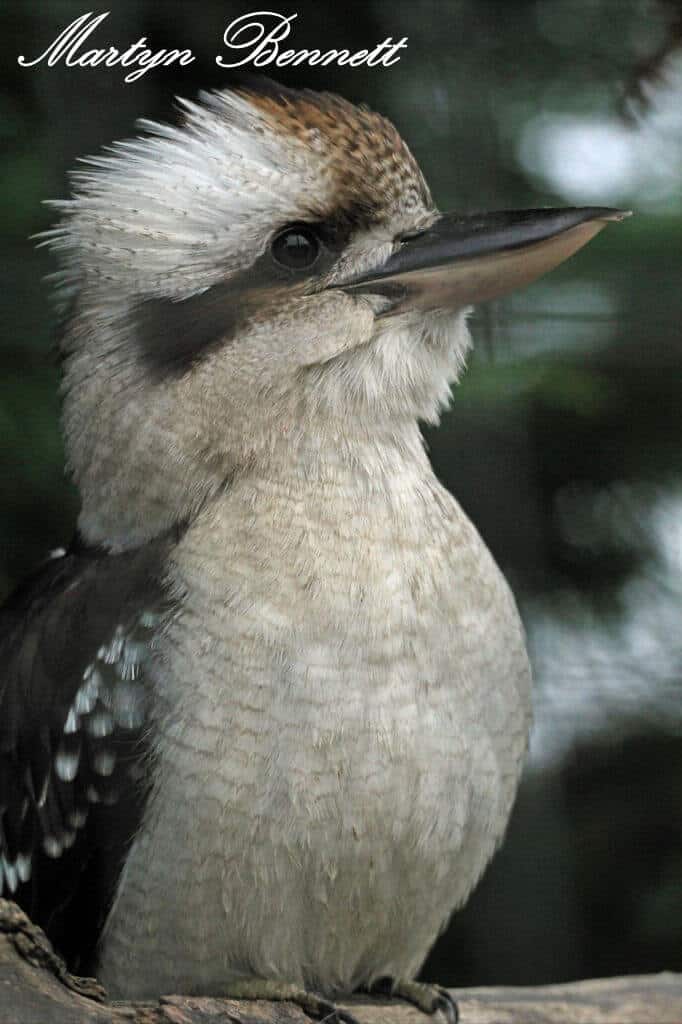
Kookaburra Natural History
Size
These birds grow to between 16- 18 inches (40cm to 45cm).
Habitat and Distribution
Their range covers much of Eastern Australia around to the South West corner of Western Australia as well as Tasmania, Kangaroo Island and Flinders Island. Plus, there’s a small introduced population in New Zealand. In these areas it primarily uses forests as its habitat of choice, giving it plenty of branches to perch upon, from where it does its hunting.
Age
The average life span of this bird is around 15 years.
Diet
This bird feeds mainly on small mammals, reptiles and baby birds, all of which it catches by perching on branches from where it will spot its prey and swoop down for it. They will however also sometimes eat insects and if they can catch them small birds such as finches.
Groups and Breeding
These birds live in small family groups where the young will stay with their parents for several years helping to catch prey and protect their territory, before leaving to start their own family unit. The females will lay 3 eggs at 2 day intervals which hatch after 25 to 29 days.
Threats
Due to the animal protection laws in Australia these birds are fairly safe from threats caused by hunting or the pet trade, and their only real threat comes from destruction to their habitat. However, it does not suffer from any major threats to its existence.
Interesting Facts
This bird was also known as the Laughing Jackass and Giant Kingfisher however their aboriginal name has been adapted as their more often used common name. Even though they are recognised as part of the king fisher family, their diet rarely if ever includes fish, as they prefer to live in more arid areas.
The Kookaburra During your Day Out in Kent
Chris and Cookie the Kookaburras can be seen in between the Penguin Pool and Ring-tailed Lemurs.
The more you know…
Want to know more about this animal? Check out our keeper blogs about them here.